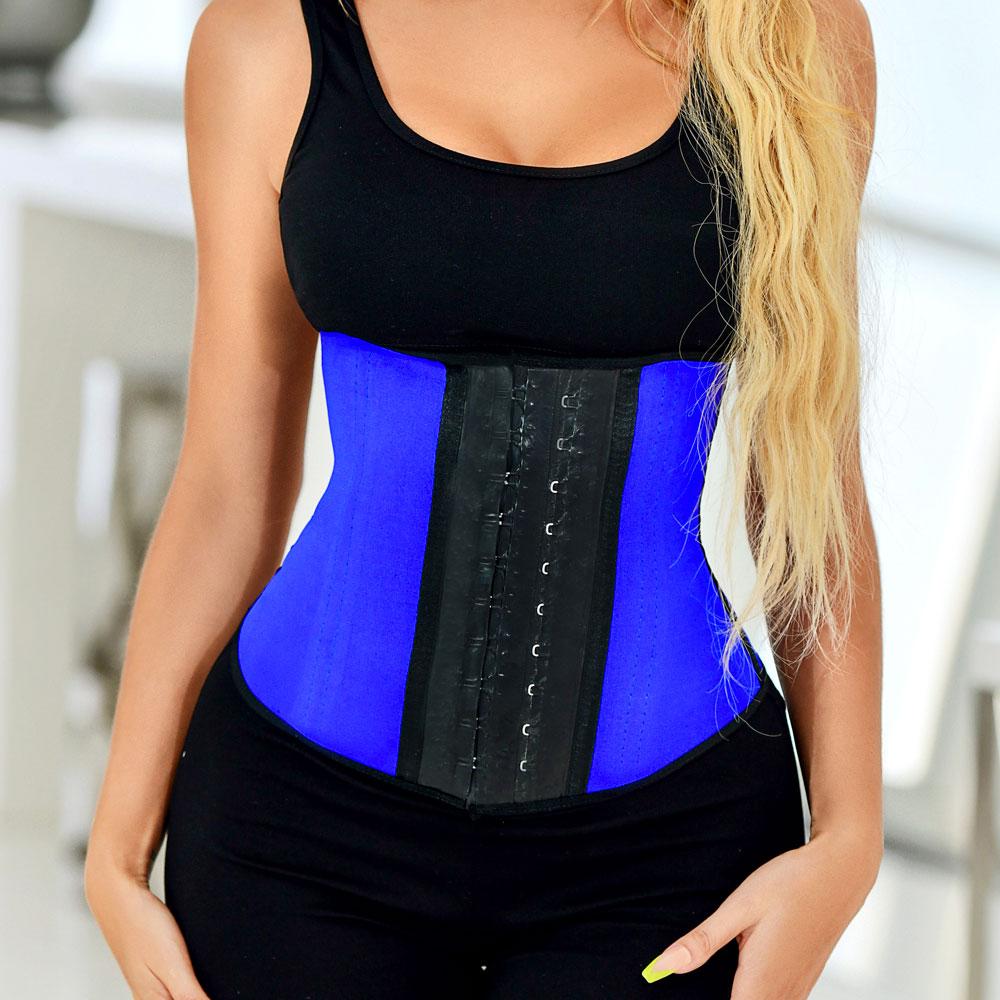
Buying A Waist Trainer? – First-Timers Should Look For These Things
Women use waist trainers to slim down and get rid of those extra inches from their waist. But when you start looking for the product, you can be confused by the plenty of variety available in the market. Therefore, we have prepared this information to guide the first-timers on selecting the right midjetränare and saving money from wasting on useless products.

If you wonder what could go wrong with picking up an inadequate waist trainer, you should know that getting desired results depends highly upon the product’s quality. You need to consider several factors, such as pins and hook placement, fabric quality, and much more.
Make Sure Breathing Is Easy With The Waist Trainer
A waist trainer and a corset have so much in common, which means that you can have issues in comfortable breathing if the product is not adequately designed. People who already have breathing problems should avoid wearing a waist trainer as they could apply pressure on your breathing system. However, a precisely designed waist trainer will not let you have a breathing problem, and also, you should test it for a range of motion or ease in sitting with it, etc.
Comfort Factors Of The Fabric And Other Properties To Consider
Many people prefer wearing their waist trainers underneath loose clothes while others wear them over tank tops or light t-shirts. A waist trainer has to be comfortable in any situation and wearing condition to be perfect. Although, when you are wearing a waist trainer, you might need to make some changes to your daily wardrobe so that the waist trainer can perform its task efficiently.
For ultimate comfort, one might need to decide what hook or pins setting they would prefer. For example, some midjetränare have two arrays of hooks on either side, while others only have a grid of hooks in the middle. You can choose the one that would be easy for you to put on and off.
The fabric needs to be durable, and it should be able to handle pressure without wearing off. If you are comfortable with your waist trainer, you will be able to wear it in and out of your house confidently. This would help you enjoy the benefits more often and in less time.
One more and essential part of the waist trainer is the boning or the support method of the product. Generally, the boning is made of metal or hardened plastic, creating a significant difference in the experience. A waist trainer with plastic boning can become useless after regular or long-term use, which is why you should choose the metal boning waist trainer if you think your journey is long.
Take Measurements Accurately To Find The Right Product In The First Pick
If you don’t want to keep replacing the waist trainer again and again because of mismatching size, you should take your body measurements accurately. The fitting of your waist trainer will matter highly for good results; therefore, you should measure the length of your waist all the way around correctly. The natural waist or the smallest circumference of your waist is the number you can take as the target size.
This natural size should be the size of the trainer that you should buy and look for. Unfortunately, many people make the mistake of purchasing a midjetränare that sizes equal to their maximum waist size.
Bulging And Rolling Is Not To Compromise With – Waist Trainer Selection
You might have this misconception in your mind related to bulging and rolling of skin that these are common to have while wearing a waist trainer. But this isn’t correct, and actually, the occurrence of these issues means that your waist trainer is not of the right size. These problems occur mostly when your trainer is too tight or small in size.
Bulging can occur in any form, like a too-tight fit or too loose, and in both cases, this will be counterproductive for you. Therefore, if you want to achieve effective results, you need to replace your waist trainer with a perfectly fitting one.

Your waist trainer needs not be too tight but only snugging your waist properly for adequate results. And if you are experiencing rolling of skin around the hip due to the waist trainer, you need another with a bigger size. Similarly, if your waist trainer is bigger, it will feel loose, and you will not get results.
With Changes In Your Waist Size, Your Trainer Also Has To Adjust
In this beginning, you might be using the hooks on the outermost line, but as days pass and the trainer starts showing results, your waist will start losing inches. At this time, your waist trainer has to adjust to the new size, and for this, it needs to have another row of hooks on the inner side. This way, the same waist trainer can be used for longer until you reach the goal.
There are some options of midjetränare that have Velcro straps instead of hooks, while others have a zipper closure. So, you can also choose such products if you want more convenience of wearing. Similarly, if you are thinking of wearing your waist trainer outdoors, you should select the one with an upper cover for a smooth surface. This will not let anyone know that you are wearing a waist trainer unless it is visible.





